Cacio E Pepe

If you're looking for my most recent posts, or a video on his this is done, check out my Instagram reels. Or, if you want my homemade Pici recipe, click here
Cacio e Pepe is Rome’s most humble pasta dish. The first time I had Cacio e Pepe was a few years ago at Flavio al Velavevodetto in Rome. I immediately loved the dish and knew I had to master it myself. Although tonnarelli is the traditional pasta for Cacio e Pepe, this homemade Pici is the perfect alternative.
Pici is an eggless pasta dough that is only made from flour, water, and a little extra virgin olive oil. It originated in Tuscany, and is similar to spaghetti just thicker. If you’re just learning how to make pasta, Pici is the perfect pasta to start with - it’s easy, fun, and pretty much pairs with any sauce.
Anyway… let me show you how to make Cacio e Pepe the right way, how the Romans do it, with only four ingredients… no oil, no butter, no nonsense. Just freshly grated Pecorino Romano, freshly ground black pepper, pasta, and water.
Cacio E Pepe
Recipe details
Ingredients
- Homemade Pici, 200g Dried Pasta, or 250g Fresh Pasta
- 150g Pecorino Romano (freshly grated)
- Freshly ground black pepper q.b (about 20-30 cracks)
- Water/Pasta Water
Instructions
- Ground the peppercorn into a small bowl, and set aside.
- Grate the Pecorino into a small bowl. Add water to the Pecorino, one tablespoon at a time, and mix until a thick paste forms, then set aside.
- Bring a large pot of salted water to a boil, and add the pasta.
- While the pasta is cooking, add the freshly ground black pepper to a skillet and heat over medium heat until the pepper becomes fragrant. Once fragrant, add a ladle of pasta water to the skillet with the pepper and allow it to slightly reduce.
- Remove the pasta about 3 to 4 minutes before desired doneness, reserving at least 1 cup of pasta water. Add the pasta directly to the skillet with the pasta water and pepper, and mix until fully coated (see notes)
- Remove the pan from the heat and ad the Pecorino paste. Quickly toss the pasta adding a few splashes of reserved pasta water as needed. If needed, add additional cheese and pepper, and continue mixing until the pasta is fully coated and the sauce is creamy. The starch from the pasta water and the cheese will emulsify together and create that creamy, classic Cacio e Pepe sauce.
Tips
- If you're using fresh pasta, remove it from the water as soon as it starts to float. Because fresh pasta cooks faster than dried pasta, start to toast the pepper before you add the pasta to the boiling water.




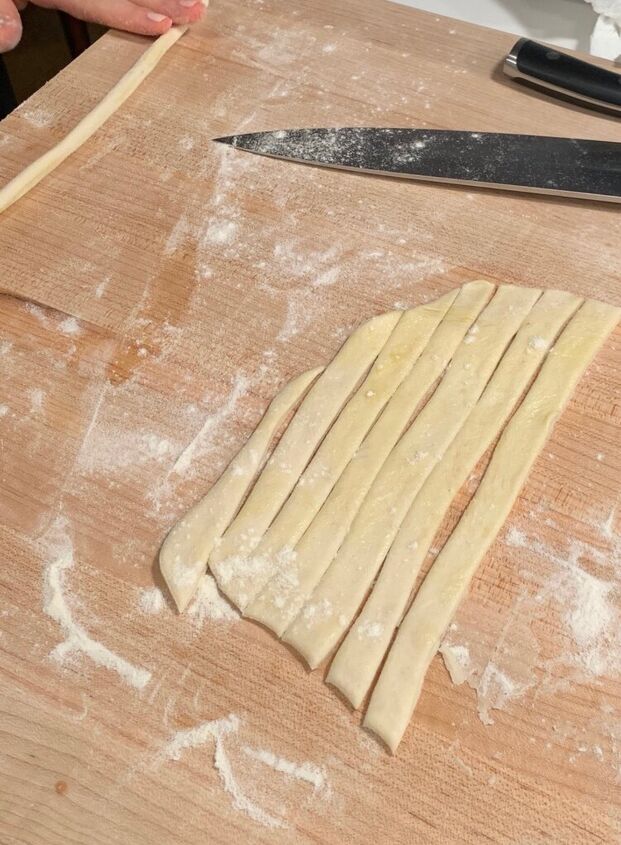





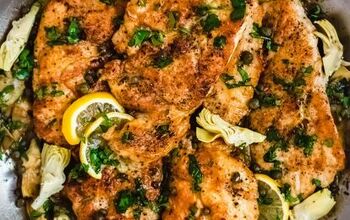

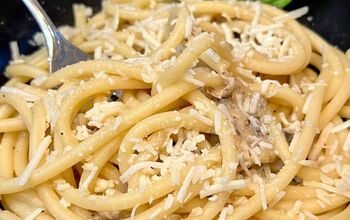
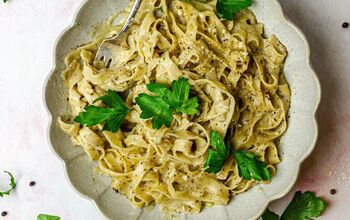
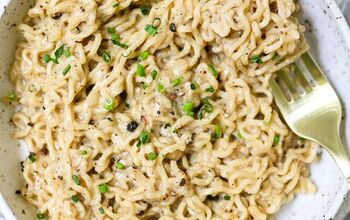
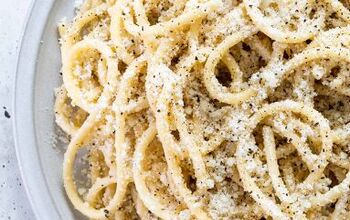
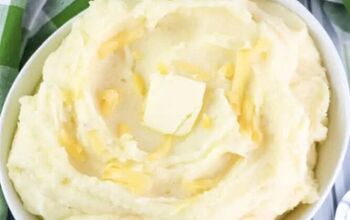



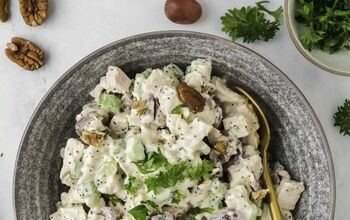

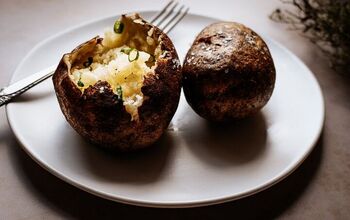


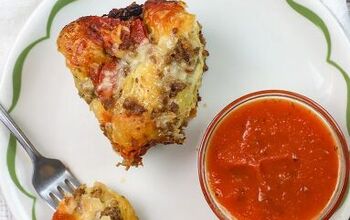
Comments
Share your thoughts, or ask a question!